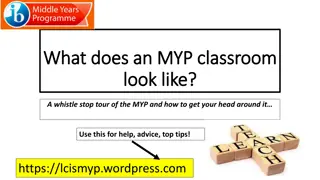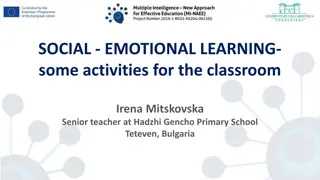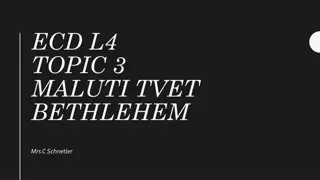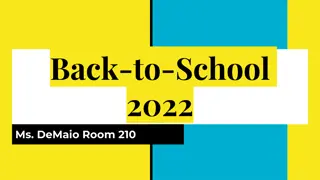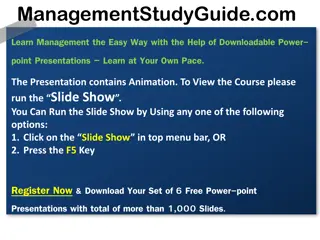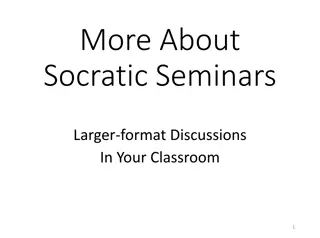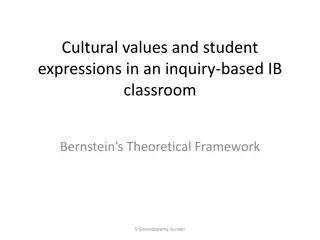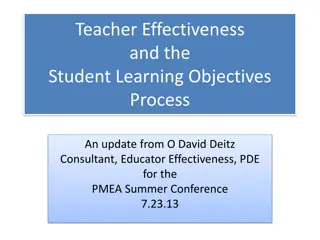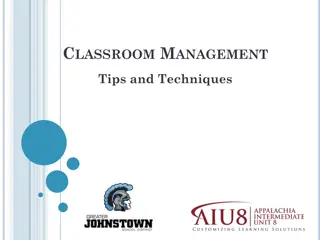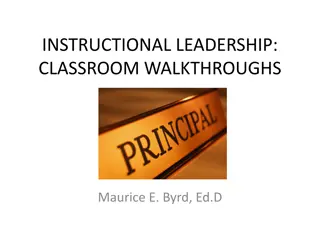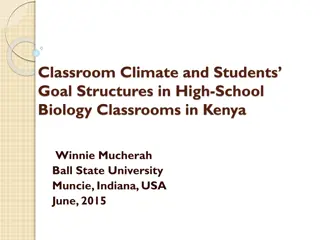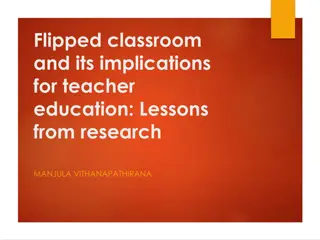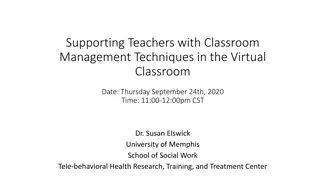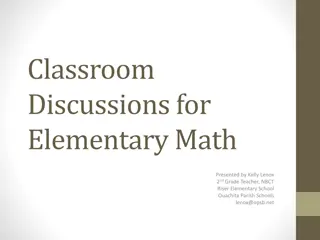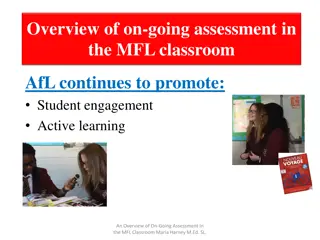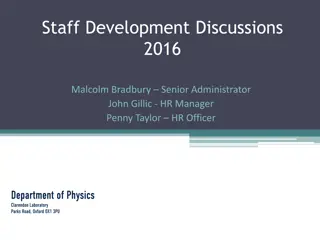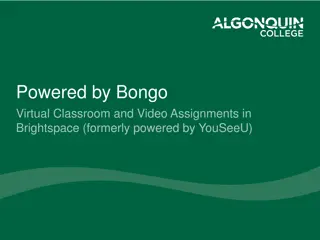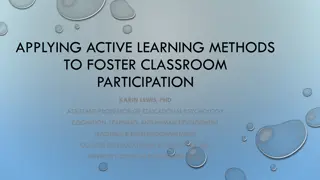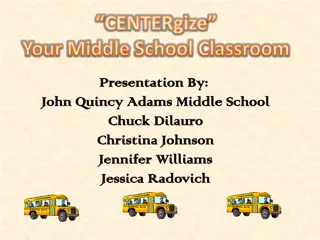Enhancing Learning Through Classroom Discussions
Classroom discussions play a vital role in improving students' conceptual understanding, communication skills, and thinking processes. By engaging students in active discourse, teachers can foster an environment that encourages critical thinking, idea expression, and effective communication. The five-phase syntax of classroom discussions, along with creating a conducive learning environment and utilizing theoretical and empirical support, helps in maximizing the benefits of discussions for learners. Through discourse and cognition, students can enhance their thinking skills and deepen their understanding of academic content.
Download Presentation

Please find below an Image/Link to download the presentation.
The content on the website is provided AS IS for your information and personal use only. It may not be sold, licensed, or shared on other websites without obtaining consent from the author. Download presentation by click this link. If you encounter any issues during the download, it is possible that the publisher has removed the file from their server.
E N D
Presentation Transcript
CLASSROOM DISCUSSION Mukhayyarotin Niswati Rodliyatul Jauhariyah, S.Pd., M.Pd.
DISKUSI? Melibatkan siswa dalam kemampuan berbicara dan mengungkapkan tugas pada materi pelajaran tertentu. Kegiatan menyampaikan ide atau pendapat terhadap suatu permasalahan atau topik tertentu melalui interaksi sosial. Prosedur yang digunakan oleh guru untuk memperkuat kemampuan komunikasi siswa dengan cara menyampaikan ide atau pendapat.
LEARNER OUTCOMES FOR DISCUSSION CONCEPTUAL UNDERSTANDING. Discussion improves students thinking and helps them construct their own understanding of academic content. INVOLVEMENT AND ENGAGEMENT. It gives students public opportunities to talk about and play with their own ideas and provides motivation to engage in discourse beyond the classroom. COMMUNICATION SKILLS AND THINKING PROCESS. Discussion is used by teachers to help students learn important communication skills and to develop more effective thinking processes.
COMMUNICATION SKILLS Discussions thus provide social settings in which teachers can help students analyze their thinking processes and learn important communication skills such as stating ideas clearly, listening to others, responding to others in appropriate ways, and asking good questions
FIVE-PHASE SYNTAX OF CLASSROOM DISCUSSION Explaining the aims of the lesson, Focusing the discussion, Holding the discussion, Bringing the discussion to a conclusion, and debriefing the discussion.
LEARNING ENVIRONMENT The environment for conducting discussions is characterized by open processes and active student roles
THEORETICAL AND EMPIRICAL SUPPORT DISCOURSE AND COGNITION CLASROOM DISCOURSE PATTERN TEACHER QUESTIONING WAIT-TIME
Discourse and Cognition Discourse is one way for students to practice their thinking processes and to enhance their thinking skills. A strong relationship exists between language and thinking, and both lead to the ability to analyze, to reason deductively and inductively, and to make sound inferences based on knowledge.
Clasroom Discourse Pattern We are all familiar with the basic pattern, labeled the initiation-response-evaluation (IRE) model by Cazden (1986, 1988) and Burbules and Bruce (2001). This exchange takes place in a whole-class setting and consists of three phases: Initiation: Teacher asks a question about the lesson. Response: Students raise their hands and reply. Evaluation: Teacher evaluates the response with praise or corrects the response. Teachers often answer the question themselves with a short lecture
Teacher Questioning During the past decade, researchers have continued to study the controversy over the effects of question types on student achievement and thinking. A consensus appears to be emerging that the type of questions teachers ask should depend on the students with whom they are working and the type of educational objectives they are trying to achieve (Gall, 1984; Marzano, 2007; Walberg, 1999).
Teacher Questioning Emphasis on fact questions is more effective for promoting young children s achievement, which involves primarily mastery of basic understandings and skills. Emphasis on higher cognitive questions is more effective for students when more independent thinking is required. A large proportion (perhaps as high as three-fourths) of a teacher s questions should be at a level that will elicit correct answers from students in the class. The other one-fourth of the questions should be at a level of difficulty that will elicit some response from students, even if the response is incomplete. No question should be so difficult that students will not be able to respond at all.
WAIT-TIME Wait-time is the pause between a teacher s question and the student s response and between the response and the teacher s subsequent reaction or follow-up question
STRATEGIES ON CLASSROOM DISCUSSION Think-Pair-Share: it has built-in procedures for giving students more time to think and to respond and can affect the pattern of participation. Buzz Group: a teacher asks students to form into groups of three to six to discuss ideas about a particular topic or lesson. Each group assigns a member to list all the ideas generated by the group. After a few minutes, the teacher asks the recorders to summarize for the whole class the major ideas and opinions expressed in their group. Beach Ball: The teacher gives the ball to one student to start the discussion with the understanding that only the person with the ball is permitted to talk. Other students raise their hands for the ball when they want a turn.
KELEBIHAN CLASSROOM DISCUSSION Menguasai bahan/materi diskusi. Memecahkan persoalan. Perkembangan moral. Perkembangan tingkah laku. Meningkatkan keterampilan komunikasi. Melatihkan keterampilan berpikir tingkat tinggi.
KELEMAHAN CLASSROOM DISCUSSION Membutuhkan waktu yang cukup lama untuk persiapan. Metode ini tidak akan berhasil jika anggota kelompok terdiri dari individu yang tidak tahu apa-apa.



